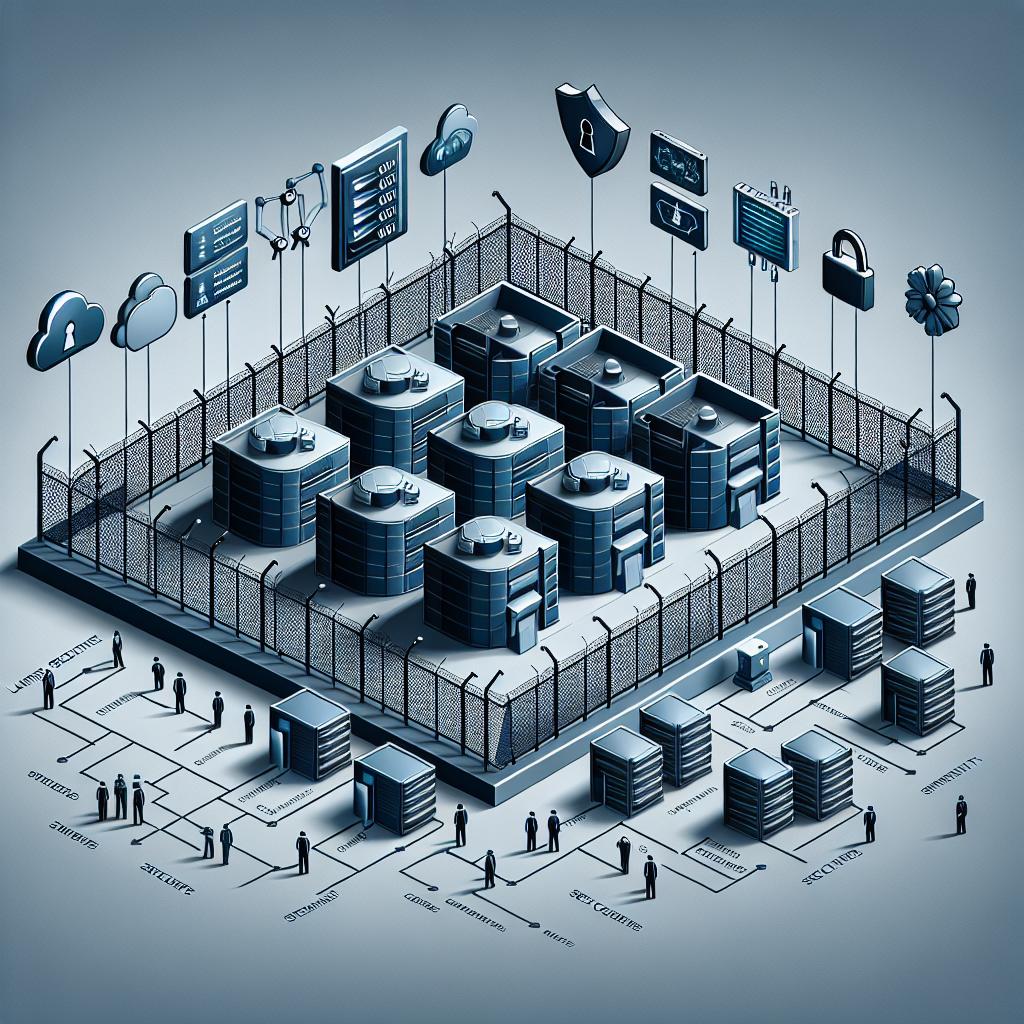Your cart is currently empty!
Enhancing Data Center Security: Best Practices and Strategies

Data centers play a critical role in the operation of businesses and organizations, serving as the hub for storing, processing, and managing vast amounts of data. With the increasing volume and sensitivity of data being housed in these facilities, ensuring the security of data centers has become a top priority for organizations.
Data center security encompasses a range of measures and strategies aimed at protecting the data, hardware, and infrastructure within the facility from unauthorized access, breaches, and cyber-attacks. Implementing robust security practices is essential to safeguarding data and maintaining the integrity and reliability of the data center operations.
Here are some best practices and strategies for enhancing data center security:
1. Physical Security Measures: Implementing stringent physical security measures is crucial for protecting the data center from unauthorized access. This includes controlling access to the facility through the use of biometric authentication, access control systems, surveillance cameras, and security guards. Limiting access to sensitive areas within the data center, such as server rooms and networking equipment, is also essential to prevent unauthorized tampering or theft.
2. Network Security: Data centers are vulnerable to cyber-attacks, malware, and other security threats that target the network infrastructure. Implementing firewalls, intrusion detection and prevention systems, and encryption protocols can help secure the network and prevent unauthorized access to data. Regular security audits and penetration testing can also help identify vulnerabilities and weaknesses in the network security.
3. Data Encryption: Encrypting data at rest and in transit is essential for protecting sensitive information stored in the data center. Implementing strong encryption algorithms and key management practices can help safeguard data from unauthorized access and mitigate the risk of data breaches.
4. Disaster Recovery and Backup: Having a robust disaster recovery plan in place is essential for ensuring the continuity of data center operations in the event of a security incident or natural disaster. Regularly backing up data and storing backups in secure offsite locations can help minimize data loss and downtime in the event of a disaster.
5. Employee Training and Awareness: Human error is a common cause of data breaches and security incidents in data centers. Providing comprehensive security training to employees and raising awareness about security best practices can help prevent accidental data leaks and unauthorized access to sensitive information.
6. Compliance and Regulations: Data centers are subject to various compliance requirements and regulations, such as GDPR, HIPAA, and PCI DSS, which govern the handling and protection of sensitive data. Ensuring compliance with these regulations and implementing security measures that align with industry standards can help organizations avoid penalties and reputational damage.
Enhancing data center security requires a multi-layered approach that combines physical security measures, network security, data encryption, disaster recovery planning, employee training, and compliance with regulations. By implementing these best practices and strategies, organizations can strengthen the security posture of their data centers and protect their valuable data assets from potential threats and breaches.

Leave a Reply